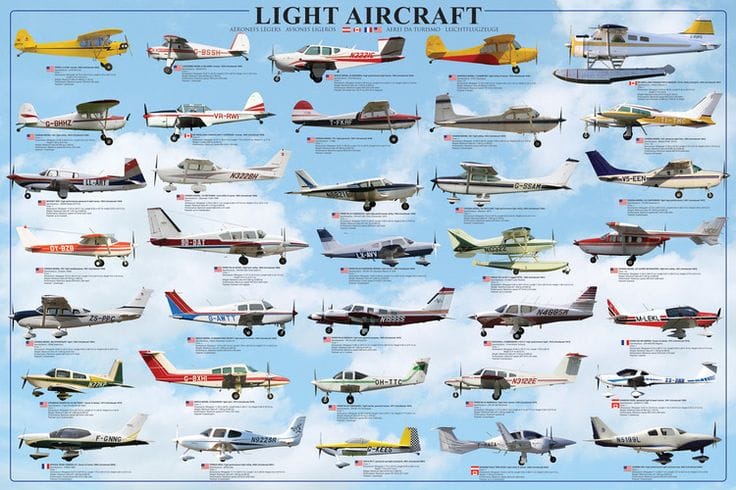The remains of all ten victims from a devastating commuter plane crash near Nome, Alaska, have been officially identified and recovered. The catastrophic event has left families, communities, and authorities in mourning as efforts turn towards determining the cause of the crash.
The aircraft, operated by Bering Air, went missing earlier this week while on a regional flight from Unalakleet to Nome. Initial reports indicated that the plane lost radar contact shortly before it was located on an ice-covered area in the Bering Sea. When rescue crews reached the site, they were met with grim confirmation: no survivors among the passengers or crew.
Authorities needed several days to recover the victims due to challenging weather and unstable sea ice. The operation involved multiple agencies, including the U.S. Coast Guard, Alaska State Troopers, and local volunteers. The Nome Volunteer Fire Department, in particular, played a pivotal role in managing procedures at the crash site.
The identified victims ranged in age, representing a cross-section of residents from Alaska and a few visiting individuals. Among them was the pilot, Chad Antill, a 34-year-old resident of Nome. Others included local residents and two staff members from the Alaska Native Tribal Health Consortium who had been traveling for work. Their identification brought some measure of closure to their families, though the tragic loss continues to reverberate through communities.
The cause of the crash remains unclear, and authorities have launched an extensive investigation. Preliminary radar recordings demonstrate a rapid descent of the plane moments before losing contact, but the exact sequence of events leading to the disaster is not yet confirmed. Investigators are focusing on the wreckage and have called for an inspection of both mechanical aspects of the aircraft and weather conditions during its final journey.
This crash is one of Alaska’s deadliest aviation disasters in over two decades, underscoring the dangers of traveling in one of the most remote and harshest environments in the United States. Small aircraft remain the lifeline in Alaska, connecting towns and villages across vast distances with few roads. However, the challenges of operating in arctic conditions have often resulted in accidents.
In an emotional statement, Governor Mike Dunleavy expressed his sorrow over the incident, promising full support for both the investigation and the families affected. “Our hearts go out to all Alaskans impacted by this tragedy. We will ensure all resources are made available to bring answers.”
Bering Air, the operator of the ill-fated flight, also released a public statement, offering condolences to the victims’ families. The airline further stated its commitment to cooperate with the investigation in every capacity and referred to its strong history of prioritizing passenger safety.
For the local and broader aviation communities, the event has reignited conversations about safety protocols, equipment maintenance, and the need for improved support measures in extreme environments. While Alaska’s aviation system is highly relied upon, safety officials stress the importance of bolstering existing frameworks to minimize the recurrence of such incidents.
As the investigation progresses, families and friends of the victims plan to hold a vigil in Nome to honor the lives lost. The event is expected to bring together people from across the state, reflecting on the collective grief yet finding solace in solidarity.
The names of the victims have been released, with their families granting permission for a heartfelt acknowledgment in the media. This decision, while brave, underlines their hope for awareness about the risks and challenges of air travel in frontier regions like Alaska.
This tragic crash serves as a stark reminder of the shared human fragility, particularly in treacherous terrains. It also highlights the resilience of communities bound by a sense of care and unity. While the immediate focus lies on finding answers and summarizing what led to the crash, the lasting impact of this event will undoubtedly shape aviation policies and practices in Alaska for years to come.



